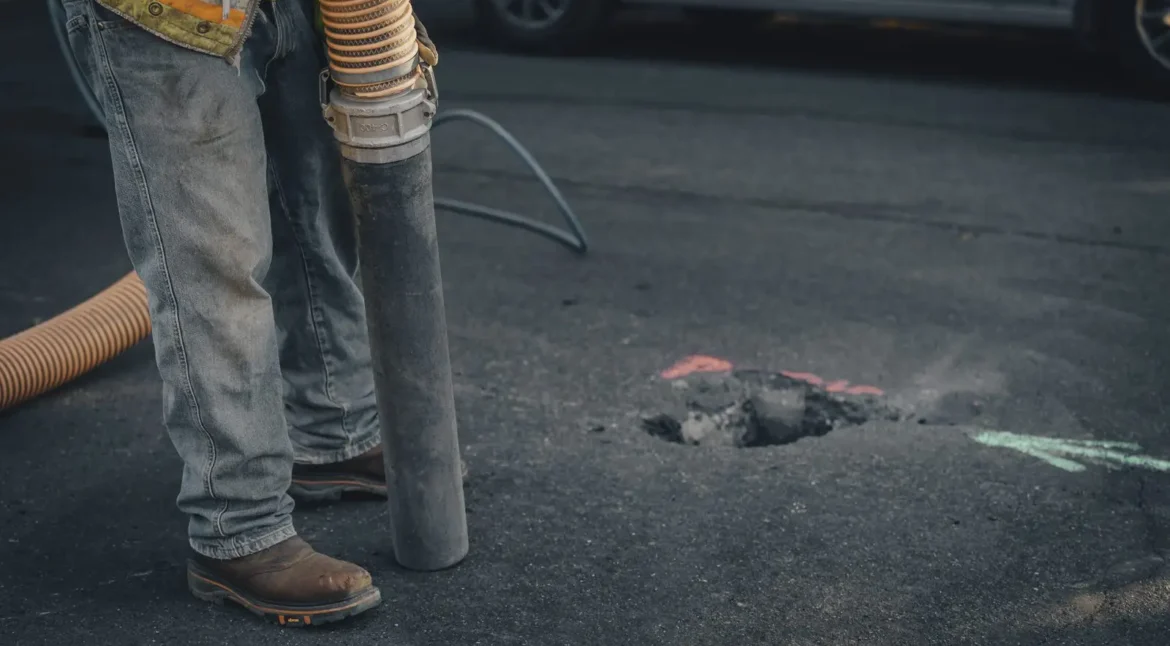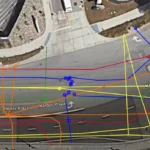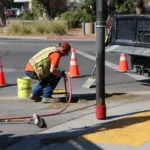 In the realm of modern infrastructure development, where precision and safety reign supreme, one crucial process often overlooked is potholing. No, we’re not talking about those pesky road craters. Potholing for utilities is a far more significant player in ensuring the safety and efficiency of construction projects than meets the eye.
In the realm of modern infrastructure development, where precision and safety reign supreme, one crucial process often overlooked is potholing. No, we’re not talking about those pesky road craters. Potholing for utilities is a far more significant player in ensuring the safety and efficiency of construction projects than meets the eye.
Understanding the Importance of Potholing
Potholing, also known as daylighting or vacuum excavation, involves the careful excavation of the ground to expose underground utilities such as pipelines, cables, and other buried infrastructure. This isn’t just about digging holes; it’s a meticulous operation that requires precision and expertise. Think of it as the VIP treatment for your underground assets.Potholing in Construction: Ensuring Utility Safety
In the dynamic landscape of construction, where every move can impact safety and cost, potholing in construction emerges as a beacon of assurance. By accurately locating underground utilities before excavation begins, potholing prevents accidental damage to critical infrastructure. This proactive approach not only safeguards the integrity of utility systems but also mitigates the risk of costly repairs, delays, and potential hazards to workers and the surrounding environment. Because nothing ruins a project like a surprise hit on a gas line.Documenting and Mapping the Results: The Unsung Heroes
 One often overlooked aspect of potholing services is the meticulous documentation and mapping of the results. After exposing underground utilities, detailed records are created, highlighting the precise location, depth, and condition of each utility. For example, 2M Generals’s comprehensive utility mapping serves as an invaluable resource for construction teams, providing a clear blueprint that guides future excavations and maintenance work. By having accurate, up-to-date maps, construction projects can avoid unnecessary delays and costs, ensuring a smoother, safer, and more efficient workflow. This documentation transforms potholing from a mere excavation task to an essential component of modern infrastructure management.
One often overlooked aspect of potholing services is the meticulous documentation and mapping of the results. After exposing underground utilities, detailed records are created, highlighting the precise location, depth, and condition of each utility. For example, 2M Generals’s comprehensive utility mapping serves as an invaluable resource for construction teams, providing a clear blueprint that guides future excavations and maintenance work. By having accurate, up-to-date maps, construction projects can avoid unnecessary delays and costs, ensuring a smoother, safer, and more efficient workflow. This documentation transforms potholing from a mere excavation task to an essential component of modern infrastructure management.




